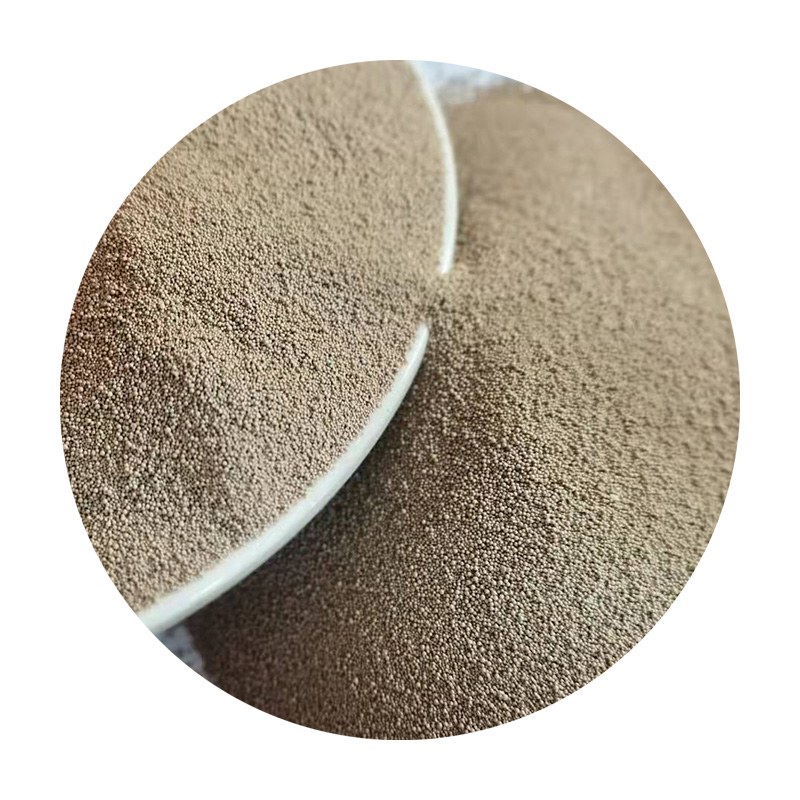Understanding Sand Casting A Key Player in Manufacturing
Sand casting, one of the oldest and most versatile metal forming techniques, remains a fundamental process in the modern manufacturing industry. This traditional method is not only popular due to its simplicity but also for its cost-effectiveness and adaptability, making it a vital player for many companies specializing in metal components.
What is Sand Casting?
Sand casting, also known as sand mold casting, involves creating a mold from sand to hold molten metal in a desired shape. The process begins with creating a pattern, usually made of metal, plastic, or wood, which is then surrounded by a sand mixture. The sand is typically mixed with a binding agent to help it retain shape. Once the mold is prepared, molten metal is poured into the cavity, allowed to cool and solidify, and then the mold is broken away to reveal the finished part.
Advantages of Sand Casting
1. Cost-Effectiveness One of the major advantages of sand casting is its low cost, especially for low to medium production runs. The materials required are inexpensive, and the process does not involve expensive machinery.
2. Versatility Sand casting can accommodate a wide range of metals, including aluminum, brass, bronze, and iron. This flexibility allows sand casting companies to cater to various industries, from automotive to aerospace and beyond.
3. Complex Shapes The sand mold can be easily formed to create intricate designs, making it possible to produce complex geometries that might be challenging with other casting techniques.
4. Large Parts Sand casting is capable of producing large and heavy components, a feature not readily achievable with other casting methods. This makes it ideal for industries where size and weight are crucial.
5. Reusability of Sand The sand used in casting can be reclaimed and reused for future molds, minimizing waste and lowering production costs.
Sand Casting Process Overview
sand casting company

The sand casting process unfolds in several systematic steps
1. Pattern Creation A pattern of the object to be cast is created. This pattern is usually slightly larger than the final product to account for shrinkage during cooling.
2. Mold Making The pattern is placed in a flask, and sand is packed around it to create a mold. Parting agents may be applied to ensure easy removal.
3. Pouring Molten Metal Once the mold is formed and the pattern removed, molten metal is poured into the cavity. Care is taken to ensure complete filling to avoid defects.
4. Cooling and Solidifying After pouring, the metal needs time to cool and solidify. This process duration varies based on the metal and size of the part.
5. Mold Removal After cooling, the sand mold is broken apart to retrieve the finished metal component. Trimming and finishing processes may follow to achieve the desired tolerance and surface finish.
Applications in Industry
Sand casting plays a significant role across various sectors. In the automotive industry, it is often used to create engine blocks, transmission housings, and other crucial components. The aerospace sector benefits from sand casting for producing lightweight and strong components for aircraft and spacecraft. Additionally, it serves the heavy machinery sector by providing the foundation for durable parts that withstand extreme conditions.
Conclusion
As industries continue to evolve, the significance of sand casting remains steadfast. Companies specializing in sand casting have embraced advancements in technology and materials, enhancing the quality and efficiency of their products. The adaptability and cost-effectiveness of sand casting will ensure its place as a foundational manufacturing technique for the foreseeable future. Understanding this process is crucial for anyone interested in the manufacturing and engineering fields, as it highlights the balance between traditional techniques and modern innovations. Whether you're a manufacturer, an engineer, or simply someone interested in the field, acknowledging the importance of sand casting can lead to a deeper appreciation of the intricacies involved in metal forming processes.
Post time:ডিসে. . 31, 2024 07:53
Next:buy sand casting
